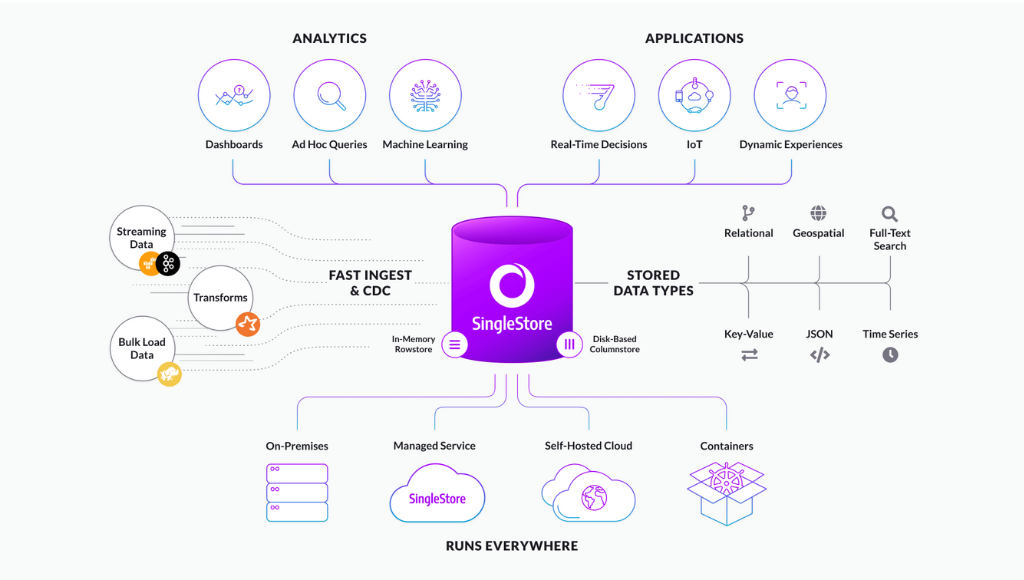The need for a faster testing approach arose when manual testing began to break down due to the pressure of development and new emerging methodologies. When software was released every six months to a year with just a few new features, all was good. But then, we started making things complex and reduced the release cycles to every 15 days. With new development technologies and methods like Agile and Insprint, a tool was required to share the testers’ load. Hence, automation testing tools were born.
Today automated software can be found throughout all testing phases, helping the testers reduce time and effort. In this post, we will look at one such testing domain that has reduced the time to delivery by incorporating techniques that include an automation testing approach.
What is automation testing?

Automated testing is a technique in which software (called automation software) performs the execution of actions that were earlier done manually. For example, launching the browser, entering the text into fields, sending data through APIs, etc. This is made possible through test scripts that contain these commands, which are converted to actions by a tool.
Automated testing is generally applied to areas where repetitive work is taking a toll on the testers. For instance, constantly verifying hundreds of input data into a field is something no tester would want to do every fifteen days. We can invest this time into other high-value tasks, which can be made possible only through automated testing.
Continuous delivery and its relation with automated testing

Continuous delivery is the phase we encounter after continuous integration. In continuous integration (or simply CI), we integrate the new code into the existing code base and verify whether the integrated code works well. Once this phase is passed, continuous delivery (or simply CD) is triggered, where we release the software to the users. This includes all the features created and merged between two continuous delivery cycles.
The process of CI and CD can be done manually – meaning we must integrate the code manually and then run multiple tests. Lastly, we push the changes to production and release them to the end-users manually as well (including the diffs and merge conflicts). If we could implement automation into this cycle, this complete task can be run on auto-pilot, and we can focus on other testing domains.
Automated software testing for continuous delivery creates a pipeline in which the first part is CI, and the successive part is the CD. The pipeline is then attached to the normal SDLC flow, where a developer can push the code into the pipeline, and the pipeline can take care of the rest. The actual work of testers comes into scripting those automated test cases for quick delivery.
Best practices for automated software testing for continuous delivery

Here are a few best practices to help you run the software with the pipeline smoothly.
1. Choosing an appropriate tool
Firstly, always prioritize the best tool for your requirements rather than jumping directly on creating test cases. An automation tool that can integrate CI and CD with precision and efficiency can increase the output of the team manifolds.
2. Bring everything into the cloud
Cloud technology has improved and optimized a lot in recent years. It provides essential benefits, especially in an environment where more people collaborate and work together. If your arrangement is in the cloud, you can work from anywhere, any place, and with any system. But choosing a good tool is important in this case.
When we need to bring automated software testing for continuous delivery into the cloud, we need to ensure that the cloud tool supports all these technologies. These may include automation framework support, automation programming languages support, and CI/CD tools support. Cloud testing platforms like LambdaTest may be beneficial and help you shed off all the infrastructure load from on-premise to the cloud.
LambdaTest is a digital experience testing platform that enables devs and QA engineers to perform manual and automated testing of web and mobile applications. It offers testing support with supported automated frameworks and tools like Selenium, Cypress, Playwright, Appium, etc. The real device cloud by LambdaTest lets you test web and mobile app testing in real-world conditions.
3. Implement continuous monitoring
When continuous delivery is implemented and automated, much of the code gets pushed without any manual intervention. This is good, but only as long as all the code is good and properly tested. However, we cannot be ensured in software development, and mishaps can happen at every stage.
Due to this, we implement various checkpoints to keep things in check. If you are performing automated testing for continuous delivery, monitoring is a must and should consistently be implemented. This can also be made automated if the cloud-based tool supports it.
4. Keep the team updated
Finally, keep the team updated about everything that goes through the CI/CD. Even if everything is “green,” it should be tallied with the team so they know about the health of the pipeline. The same goes for failure, as the team can quickly debug any problems.
Automated testing and continuous delivery are two words that we hear often when testing software, as they have become an integral part of the complete system. Automated testing is used throughout almost all domains, while continuous delivery ensures software releases can be quicker and smoother than before. Combining these two methodologies gives us a robust system where software delivery becomes automated, and all we need to do is to push the code in the pipeline.
It goes without saying that it is best to do this efficiently using the best practices experienced by the testers. In the end, don’t forget to combine a cloud-based tool that supports automation and continuous delivery to make your system robust and leverage the powers of the cloud from any system.






